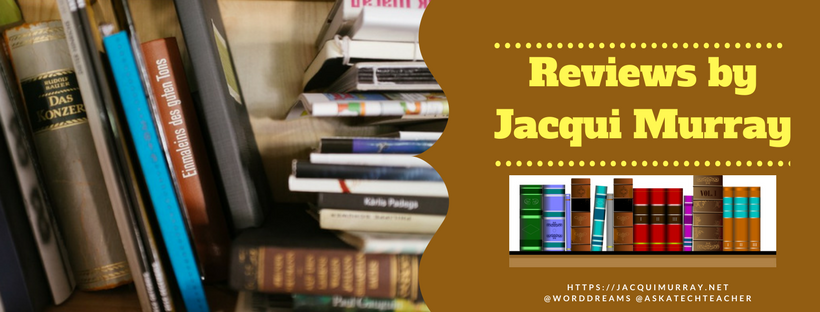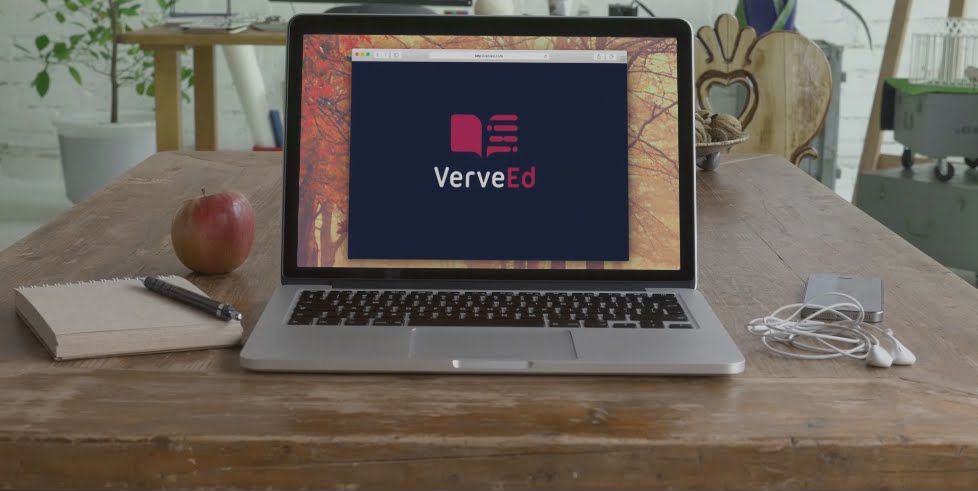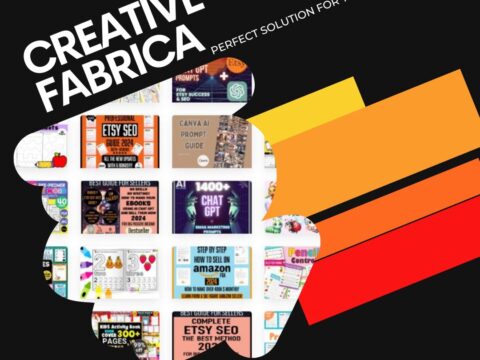Pew Research recently reported that about half of Americans regularly get their news from social media. Really? Isn’t SM where you share personal information, stay in touch with friends and families, post pictures of weddings and birthdays, and gossip? So why do students turn to it for news?
This stat may explain it: 60% of people don’t trust traditional news sources. That’s newspapers, evening news, and anything considered ‘mainstream media’. They prefer blogs, Twitter, and Facebook.
So when it comes to research, are you still directing kids toward your grandmother’s resources — encyclopedias, reference books, and museums? No doubt, these are excellent sources, but if students aren’t motivated by them, they won’t get a lot out of them. I have a list of six research sites designed by their developers with an eye toward enticing students in and keeping their interest. It’s notable that most are free, but include advertising. The exception is BrainPOP — there are no ads, but it requires a hefty annual fee:
BrainPOP
Fremium
BrainPOP is a collection of three-five minute animated movies, learning games, quizzes, and interactive activities for grades 3-8 addressing a wide variety of topics such as math, science, social studies, health, art, and technology. With the assistance of two quirky moderators, colorful graphics, and a clean uncluttered interface, students are drawn to these easy-to-understand discussions on thousands of topics. They search based on subject matter, video topic, Common Core or state standard, or simply browse a list of videos. Selection can be either a theme-based video or a game (called GameUp) — whichever is better suited to their learning style. Optionally, they can take a quiz and send results to the teacher. It can be purchased as a single-student license or a district-wide offering. Besides BrainPOP, the franchise offers BrainPOP Jr (for K-2), BrainPop Español, BrainPop Français, BrainPop ESL, and other specialized platforms.
History Channel Great Speeches
Free
The History Channel includes a large collection of the most famous historic speeches in video and audio, including dropping the atomic bomb, the Chernobyl nuclear disaster, Jackie Robinson on racial taunts, and the 9/11 attacks.
This is a great primary source for students third grade and up in researching almost any topic, but especially history. They hear original phrasing, emphasis, and often reactions to dramatic events that — without recordings — would be simply words on paper to most of them, devoid of passion, emotion, and motivation.
How Stuff Works
Free
How Stuff Works, available on the web, iPads, and Android, is an award-winning source of unbiased, reliable, easy-to-understand explanations of how the world actually works. This includes topics such as animals, culture, automobiles, politics, money, science, and entertainment. It uses a wide variety of media (photos, diagrams, videos, animations, articles, and podcasts) to explain traditionally-complex concepts such as magnetism, genes, and thermal imaging. It also includes Top Ten lists that address pretty much any topic, such as ten historic words that don’t mean what you’d think and ten things made from recycled wood.
Students twelve and older (and youngers with supervision) find thorough discussions on topics they’re researching with add-on articles that enable them to dig deeper. For those looking for more rigor, there are quizzes that evaluate their knowledge and challenge learning (such as the hardest words to spell and Who Said That).
Info Please
Free
Info Please provides authoritative answers to questions using statistics, facts, and historical records culled from a broad overview of research materials including atlases, encyclopedias, dictionaries, almanacs, thesauri, a calculator, the periodic table, a conversion tool, the popular Year-by-Year tracking what happened when, and the oft-quoted This Day in History.
Students middle school and up (or precocious elementary) can find easy-to-understand facts for a state report or a perspective project evaluating what happened around the world while they were winning a soccer game. Students 9-13 may prefer the younger-oriented, Fact Monster.
NOVA Videos
Free
NOVA Videos (part of PBS) offer high-quality, well-researched and professionally-presented videos on a wide variety of topics interesting to older students such as ancient civilizations, body and brain, evolution, physics, math, planet earth, space, tech and engineering, and more. It is not filtered for youngers (though everything is G-rated), rather addresses topics with the intent of explaining them fully to mature minds. Many topics include thorough teacher resources such as lesson plans and assessments. Of great utility to curious students is a series of over 400 video shorts (most two-five minutes) on topics such as robots, ancient civilizations, and nature — all searchable by topic and date.
Besides video, topics may include articles, Q&A, slideshows, audio, documentary (or fact-based) TV shows, timelines, quizzes, links to other sites, and DVDs/books available for purchase. Also available for educators are teacher videos, lesson plans, and webinars.
Smithsonian Learning Lab
Free
The Smithsonian Learning Lab offers a curation of more than one million digital images, recordings, and text available from the Smithsonian’s nineteen museums, nine major research centers, the National Zoo, and more. The goal is to inspire the discovery and creative use of knowledge.
During searches, students can easily tag and annotate discoveries, save them into their account profile, and then share with classmates. They can even create quizzes to assess their learning.
***
Decide which of these research tools suit your student group and then collect them into a Box of Links on your class website, Symbaloo account, or Edmodo. Also include more traditional offerings such as:
- Dictionary.com (or another age-appropriate dictionary)
- Thesaurus.com (or another age-appropriate thesaurus)
- Wikipedia
- World Almanac for Kids
- a link to your library’s digital site
–image credit Deposit Photos
Jacqui Murray has been teaching K-18 technology for 30 years. She is the editor/author of over a hundred tech ed resources including a K-12 technology curriculum, K-8 keyboard curriculum, K-8 Digital Citizenship curriculum. She is an adjunct professor in tech ed, Master Teacher, webmaster for four blogs, an Amazon Vine Voice, CSTA presentation reviewer, freelance journalist on tech ed topics, and author of the tech thrillers, To Hunt a Sub and Twenty-four Days. You can find her resources at Structured Learning.






































I just assigned my senior engineering design class to identify product liability lawsuits. Please direct me to your suggested sites that I can share with them.
Thank you kindly,
Linda